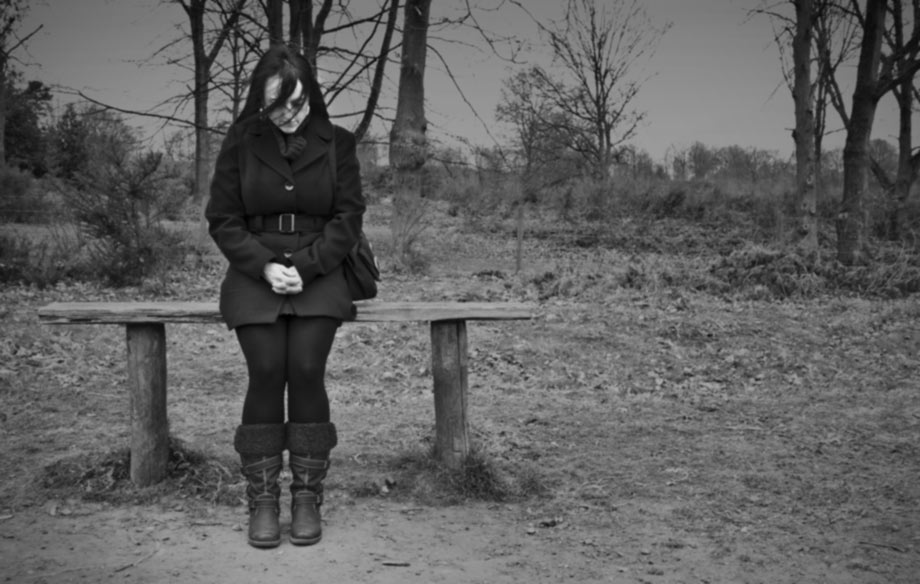Understanding Seasonal Affective Disorder: Are You SAD?
Understanding Seasonal Affective Disorder: Are You SAD?

About 10 to 20 percent of people may have mild Seasonal Affective Disorder (SAD). SAD is four times more common in women than in men. Although some children and teenagers get SAD, it usually doesn’t start in people younger than age 20. Your chance of getting SAD goes down as you get older.
Tanning beds shouldn’t be used to treat SAD. The light sources in tanning beds are high in ultraviolet (UV) rays, which harm your eyes and your skin.
“Winter blues is a general term, not a medical diagnosis. It’s fairly common, and it’s more mild than serious. It usually clears up on its own in a fairly short amount of time,” says Dr. Matthew Rudorfer, a mental health expert at NIH. The so-called winter blues are often linked to something specific, such as stressful holidays or reminders of absent loved ones.
“Seasonal affective disorder, though, is different. It’s a well-defined clinical diagnosis that’s related to the shortening of daylight hours,” says Rudorfer. “It interferes with daily functioning over a significant period of time.” A key feature of SAD is that it follows a regular pattern. It appears each year as the seasons change, and it goes away several months later, usually during spring and summer.
Many studies have shown that people with seasonal affective disorder feel better after exposure to bright light. It seems simple enough: In higher latitudes, winter days are shorter, so you get less exposure to sunlight. Replace lost sunlight with bright artificial light, and your mood improves. But it’s actually far more complex.
Alfred Lewy, MD, a seasonal affective disorder researcher at the Oregon Health & Science University, says it’s not only a matter of getting light but also getting it at the right time. “The most important time to get light is in the morning,” he says.
Symptoms of SAD:
- Irritability
- Tiredness or low energy
- Problems getting along with other people
- Hypersensitivity to rejection
- Heavy, “leaden” feeling in the arms or legs
- Oversleeping
- Appetite changes, especially a craving for foods high in carbohydrates
- Weight gain
When to see a doctor
It’s normal to have some days when you feel down. But if you feel down for days at a time and you can’t get motivated to do activities you normally enjoy, see your doctor. This is especially important if your sleep patterns and appetite have changed or if you feel hopeless, think about suicide, or turn to alcohol for comfort or relaxation.
Lift Your Mood
These “self-care” tips might help with seasonal depression. See a mental health professional if sadness doesn’t go away or interferes with your daily life:
- Go to a movie, take a walk, go ice-skating, or do other activities you normally enjoy.
- Get out in the sunlight or brightly lit spaces, especially early in the day.
- Try to spend time with other people and confide in a trusted friend or relative.
- Eat nutritious foods, and avoid overloading on carbohydrates like cookies and candies.
- Be patient. You won’t suddenly “snap out of” depression. Your mood will improve gradually.
Self-Care
- Monitor your mood and energy level
- Take advantage of available sunlight
- Plan pleasurable activities for the winter season
- Plan physical activities
- Approach the winter season with a positive attitude
- When symptoms develop, seek help sooner rather than later
